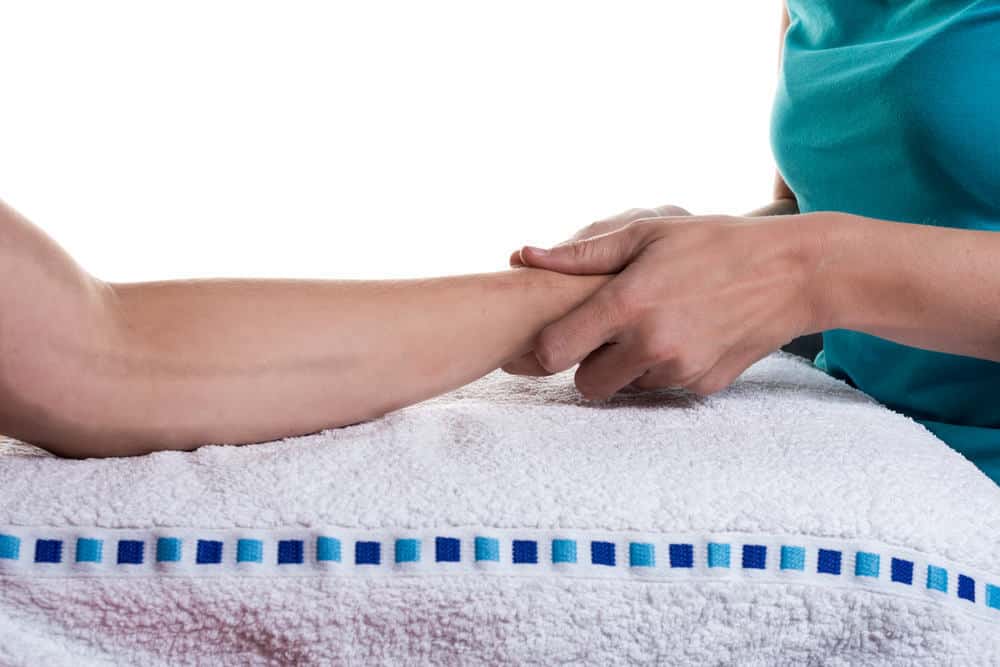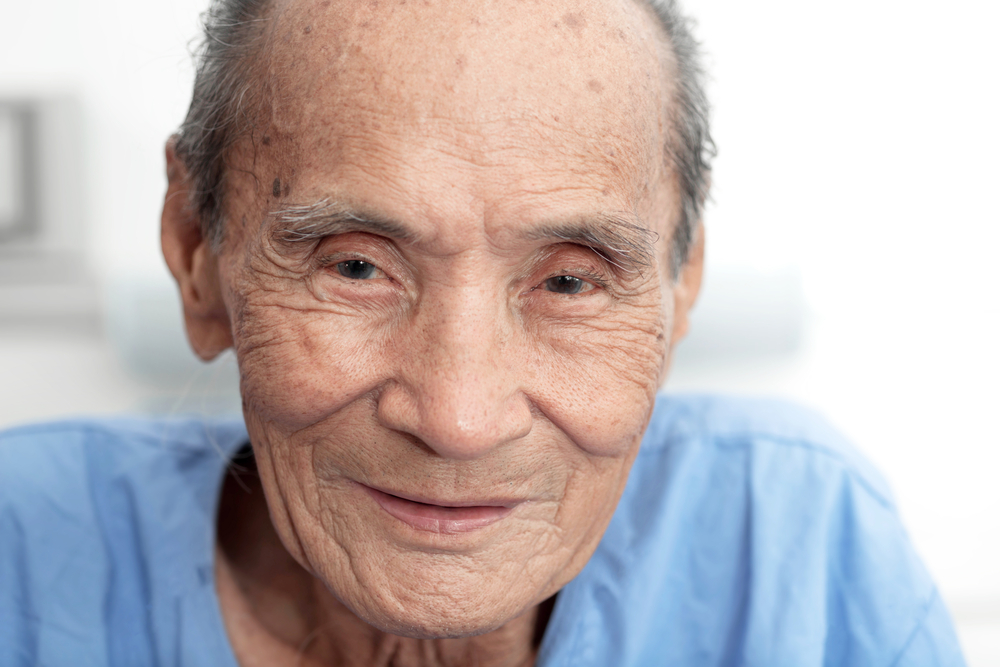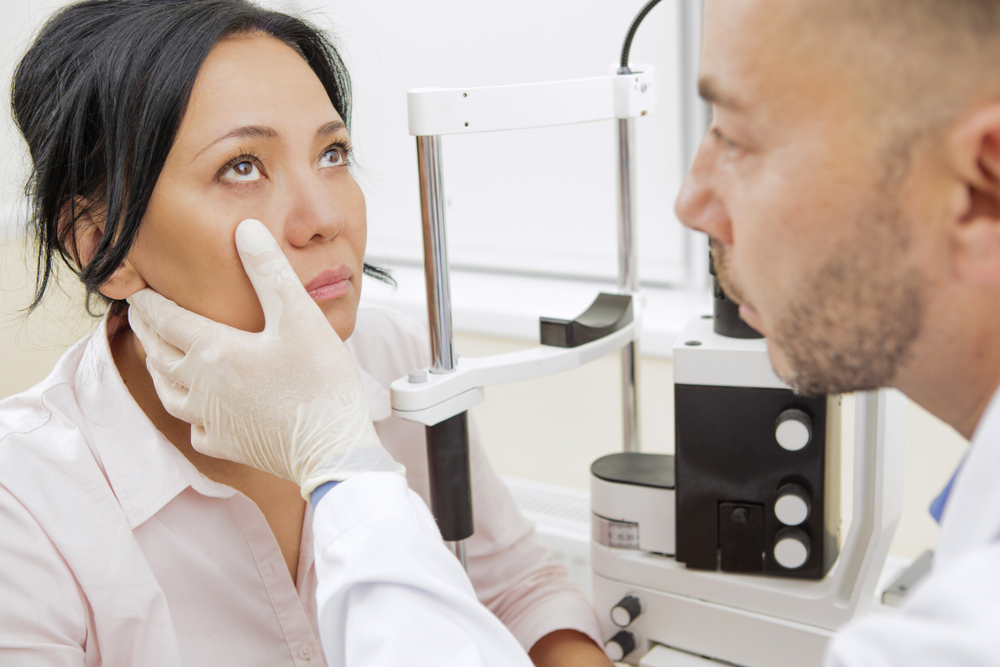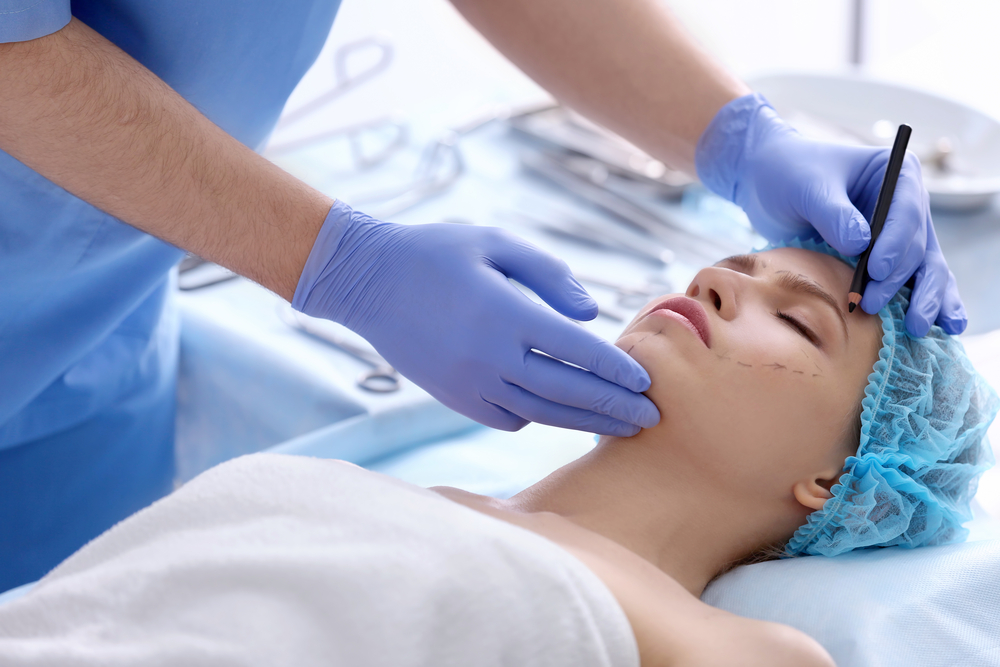Contents:
- Medical Video: Stroke Paralysis Rehabilitation
- What is hemiplegia and hemiparesis?
- Why is only one side of the body paralyzed in hemiplegia and hemiparesis?
- What should I do if I have hemiparesis or hemiplegia?
- Straightening exercises
- Stretching movement
- Muscle formation
- Prevent injury
Medical Video: Stroke Paralysis Rehabilitation
The most common consequences of stroke are hemiplegia and hemiparesis. In fact, 80 percent stroke survivors suffering from hemiparesis or hemiplegia. This means that one side of your body is weak or even paralyzed.
What is hemiplegia and hemiparesis?
Hemiplegia is if one hand or one leg or even one side of the face becomes paralyzed and unable to move. Hemiparesis is if one hand or one leg or one side of the face becomes weak, but not completely paralyzed.
Sometimes hemiparesis and hemiplegia affect one hand and one side of the face on the same side of the body, or one hand and one foot on the same side of the body.
Hemiplegia and hemiparesis are serious paralysis, but can improve over time if you undergo therapy and physical rehabilitation.
Why is only one side of the body paralyzed in hemiplegia and hemiparesis?
The brain and spinal cord are divided into two parts. Each part of the brain and / or spinal cord only controls half of the body. Each side of the brain controls the movements and sensations of opposite parts of the body. Therefore, strokes in the right cerebral cortex will cause weakness or paralysis of the left leg, hands, or face, and will not affect the right foot, hands and face.
What should I do if I have hemiparesis or hemiplegia?
There are several steps you can take if you experience hemiplegia or hemiparesis after a stroke. Some of these techniques can restore some of your abilities and prevent serious complications that may arise due to hemiplegia or hemiparesis.
Straightening exercises
You can do straightening exercises with a therapist, use exercise equipment or even the latest technology to strengthen your weakened hands, feet or face. This physical exercise can also stimulate the brain to improve itself and stimulate parts of the brain that are still healthy to take over some of the functions affected by stroke.
Stretching movement
Even if you can't actively control or move some of your muscles after a stroke, routine stretching can prevent complications called spasticity. Spasticity is stiffness that occurs in muscles that weaken after a stroke. There are several effective medical treatments for treating spasticity, but working proactively to prevent it is certainly more effective and will be better.
Muscle formation
Often, after a stroke, the patient experiences a condition called atrophy or muscle loss. This can affect the weakened hands, feet or face. How to prevent it is to build muscle, by making sure you don't rest the muscles for too long.
Good nutrition is also a major component in preventing and repairing lost muscle. Preventing atrophy is very important because weak muscles tend to become atrophy and become weaker again, and cause longer cycles to get worse and more troublesome for you. Over time, atrophy can cause permanent nerve damage which is even more difficult to handle than atrophy itself.
Prevent injury
When hemiparesis or hemiplegia causes your body to move uneven or asymmetric, this makes it easier for you to fall and hurt yourself. The results can be serious, ranging from fractures, burning heat, head trauma, and other injuries that can occur if you fall.
Therefore, prevention of injury is very important if you have hemiplegia or hemiparesis. You may need to use a cane, a walker or take precautions at home or when you go outside to keep you safe.
Hemiplegia and hemiparesis are common after stroke. Both tend to improve after a few weeks or months after a stroke. However, many people still experience the effects of hemiparesis even when they are recovering. It is important for you to prevent complications and avoid injuries that can be caused by hemiplegia and hemiparesis.












